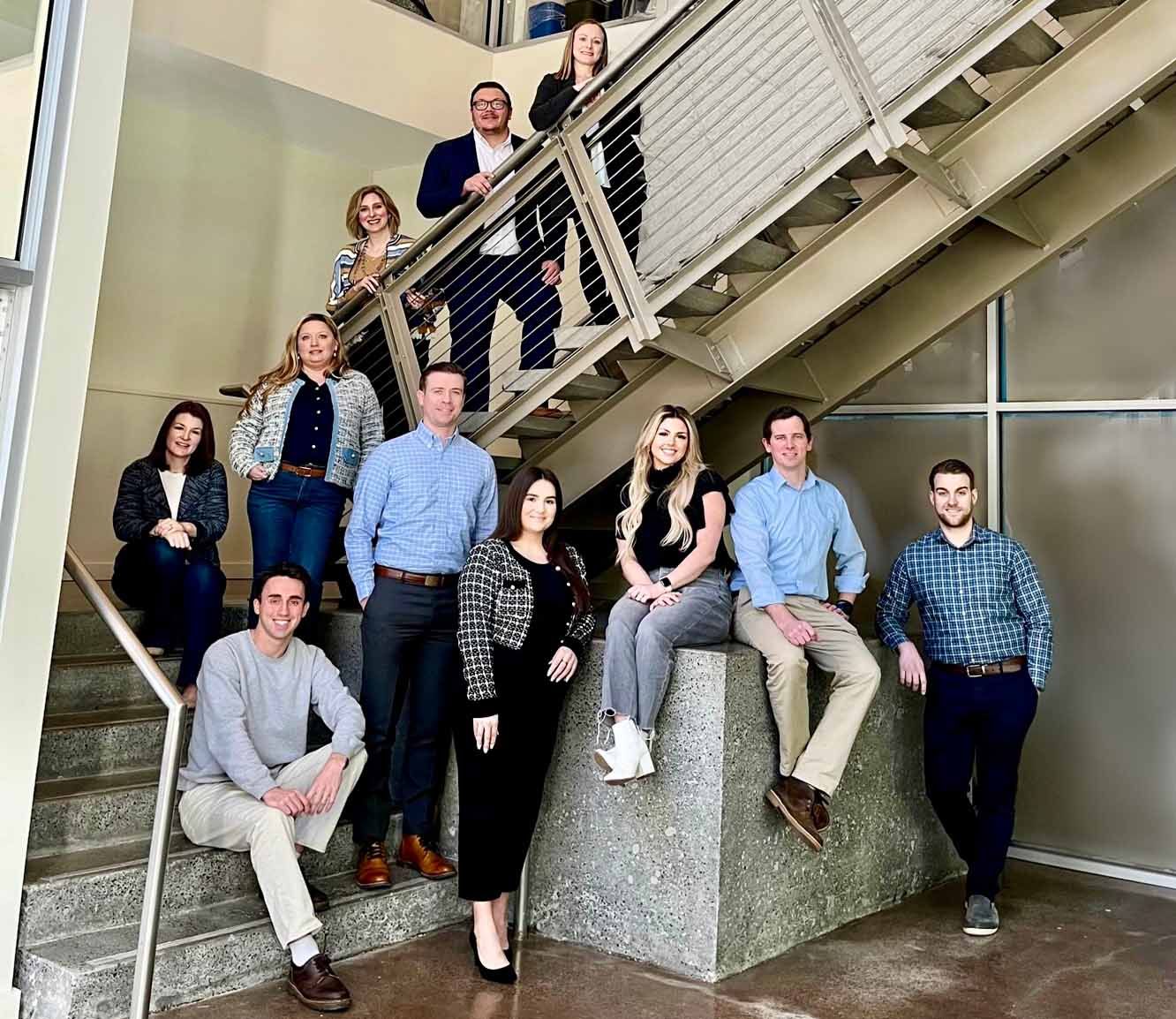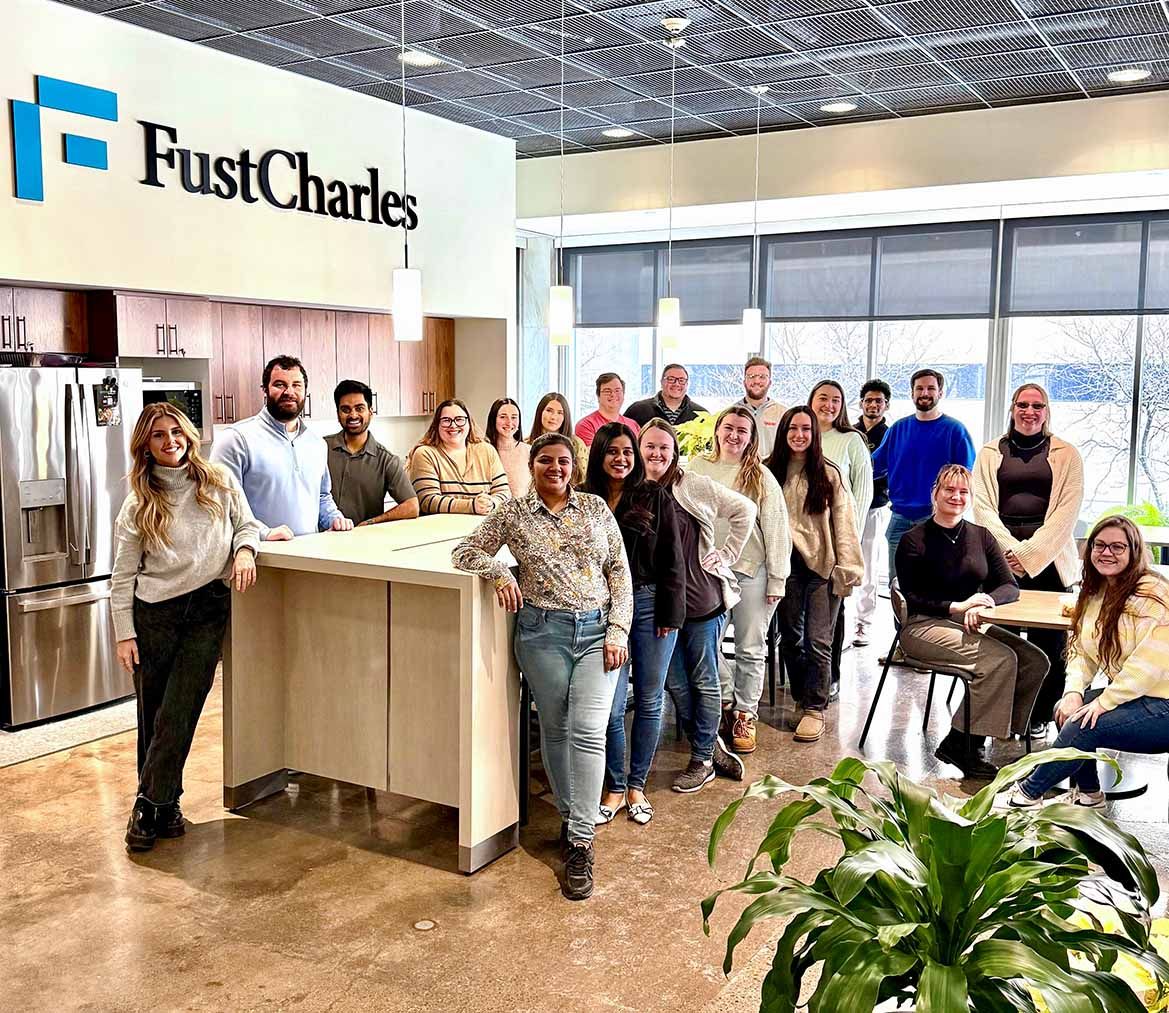Treasury, IRS Provide Guidance on Advanced Energy Project Credits
27 March 2023
The U.S. Department of the Treasury and the Internal Revenue Service released guidance on February 13, 2023, providing taxpayers with information and timelines on the program under Section 48C(e)(1) for the allocation of $10 billion of Section 48C credits under the recently passed Inflation Reduction Act. Of that total, $4 billion of the Section 48C credits must be allocated to projects located in certain energy communities. The Section 48C(e)(1) program aims to increase U.S. manufacturing capacity and quality jobs for clean energy technologies, reduce greenhouse gas emissions in the industrial sector, and secure domestic supply chains for critical materials and components used in the production of clean energy technologies.The publication of Notice 2023-18 provides the initial program guidance, similar to the program implemented in 2009 as part of a joint effort between Treasury, the IRS and the Secretary of Energy, which allocated $2.3 billion of credits to qualifying advanced energy projects. The notice provides that additional guidance will be issued by May 31, 2023.
The period for taxpayers to submit their initial concept papers, discussed below, is from May 31, 2023, to July 31, 2023. This is a time-sensitive application period for taxpayers if they want to be eligible for consideration of an award of Section 48C credits.
Qualifying Advanced Energy Project Credit
Several categories of projects may qualify for the 30% investment tax credit under Section 48C. The 30% credit rate is contingent on whether the taxpayer's project meets prevailing wage and apprenticeship requirements; if it does not, the credit rate is 6%.
Notice 2023-18 defines the term “qualifying advanced energy project” as a project, any portion of the qualified investment in which is certified by the Department of Energy (DOE) under the submission program as eligible for a credit. Projects focused on the following activities may qualify:
- Re-equipping, expanding or establishing an industrial or manufacturing facility for the production or recycling of -
- Property designed to be used to produce energy from the sun, water, wind, geothermal deposits or other renewable resources
- Fuel cells, microturbines or energy storage systems and components
- Electric grid modernization equipment or components
- Property designed to capture, remove, use or sequester carbon oxide emissions
- Equipment designed to refine, electrolyze, or blend any fuel, chemical, or product that is renewable or low-carbon and low-emission
- Property designed to produce energy conservation technologies
- Electric or fuel cell vehicles, as well as technologies, components, or materials for such vehicles, and associated charging or refueling infrastructure
- Hybrid vehicles subject to weight limitations, as well as technologies, components or materials for such vehicles
- Other advanced energy property designed to reduce greenhouse gas emissions as may be determined by the Secretary, or
- Re-equipping an industrial or manufacturing facility with equipment designed to reduce greenhouse gas emissions by at least 20 percentage points through installation of -
- Low- or zero-carbon process heat systems
- Carbon capture, transport or utilization of storage systems
- Energy efficiency and reduction in waste of industrial process
- Any other industrial technologies designed to reduce greenhouse gas emissions as determined by the Secretary, or
- Re-equipping, expanding or establishing an industrial facility for the processing, refining or recycling of critical materials
New Guidance
The Section 48C(e) program will have at least two allocation rounds and Notice 2023-18 provides details regarding the first allocation round, for which the submission period will begin May 31, 2023, and end July 31, 2023. The IRS anticipates that it will allocate $4 billion of qualifying advanced energy credits in this round, with approximately $1.6 billion of credits reserved for projects located in energy communities, and the remaining $2.4 billion for projects with no specific location requirement. The notice states that the designation for energy communities will be determined using a mapping tool that will be referenced in future guidance.
Section 5 of the notice outlines the round one allocation process discussed below.
Stage 1: Concept Paper
- A taxpayer must submit for each project that it sponsors a concept paper for DOE review by July 31, 2023, through the eXCHANGE portal, an online application portal. More information on the concept paper can be found in Appendix B of the notice.
- The DOE will review the concept paper and will send the taxpayer a letter encouraging or discouraging the submission of a Section 48C(e) application. All taxpayers who submit concept papers are eligible to submit Section 48C(e) applications regardless of the DOE’s response.
Stage 2: Section 48C(e) Application
- The taxpayer will then evaluate the DOE’s response letter on their submitted concept paper and determine if they want to submit a Section 48C(e) application.
- The DOE will review all applications submitted through the eXCHANGE portal for compliance with eligibility and other threshold requirements; if the application is compliant, the DOE will then conduct a technical review of the application and the DOE will form a recommendation.
- The DOE will provide a recommendation to the IRS based on that review to either accept or reject the application, and a ranking of the applications.
- The IRS will then review the ranking of projects and the DOE’s recommendations and issue either a denial letter or an allocation letter.
- Taxpayers that receive a denial letter will have an opportunity to request a debriefing.
- Taxpayers that receive an allocation Letter must notify the DOE - through the eXCHANGE portal -- within two years from the date the letter is received that the certification requirements have been met. Appendix B of the notice provides more information regarding this notification process.
- The DOE will then notify the IRS that it has received notification from an eligible taxpayer that the requirements have been met, and the IRS will issue a certification letter.
- The taxpayer must notify the DOE that the project has been placed in service by submitting information through the eXCHANGE portal within two years of a receiving a certification letter. More information on the details of the place in service notification is included in Appendix B of the notice.
- The DOE then notifies the IRS that it has received confirmation that the taxpayer has placed the project in service. The taxpayer may then claim a Section 48C credit on its income tax return for the taxable year in which the project is placed in service.
Key Observations
- Notice 2023-18 provides examples of qualifying projects for purposes of claiming Section 48C credits in Appendix A.
- An initial concept paper will need to make a compelling case for the DOE to provide an encouragement recommendation. While this notice doesn’t specifically address key considerations outside of the definitions for qualified advanced energy projects, we can look to the previous program implemented in 2009 for guidance. Projects that qualified for that previous allocation of Section 48C credits factored in considerations for a project’s commercial viability (project timeline), domestic job creation, net impact on reducing emissions, levelized cost of energy and technological innovation.
- The Section 48C credits are subject to prevailing wage and apprenticeship requirements. Taxpayers should consider this in the project’s planning and feasibility stages.
- Notice 2023-18 notes that taxpayers will be able to identify energy community census tracts using a mapping tool that will be referenced in further guidance. If a project is determined to be within an energy community, it may have an impact on the DOE’s recommendation to the IRS to accept the project for Section 48C credits.
- Recapture rules apply to Section 48C credits. Taxpayers should be aware and plan carefully through this multiphase application process to ensure these rules are not triggered.
- Taxpayers should also be aware that if they receive a Section 48C credit, they will be unable to claim the Section 45X Advanced Manufacturing Production Credit on components produced at a facility where the basis of any property was included in a Section 48C credit after August 16, 2022. Forthcoming guidance will address the interplay between the Section 45X and the Section 48C credits.
For more information please reach out to our Tax Team.
Written by Gabe Rubio, Courtney Sandifer and Logan Munson. Copyright © 2023 BDO USA, LLP. All rights reserved. www.bdo.com
Back to News










